Tibetan life still revolves around the yak, which the people have herded and placed at the center of their culture for at least two thousand years. Tibetans are warmed by yak-dung fires and lit by yak-butter lamps; they eat yak meat and yak blood, butter, cheese, and yoghurt; they use yaks for transport and weave clothing, blankets, shelters, and even boats out of yak hair. Their staple dish istsampa, made of salted tea pounded together with yak butter, to which toasted barley flour is added and mixed by hand before eating. The dependence in so many ways upon their particular animal herd is typical of pastoralists, the original "buttercaters," the world over.
|
|
In the city, yak butter has an important use in ceremonies, as a fuel for butter lamps. In particular, the 15th day of the first month is a the high point of the Great Prayer Festival (Smom-lam), and the day of the fabulous "Butter lamp day." This festival was started by Tsong kha-pa in the first Smom-lam in 1409. In his dream, all beautiful flowers and trees appeared in front of Buddha. He commissioned monks to make flowers and trees with colored butter.
|
|
Tibetan monks have made intricate, colored butter sculptures as part of a tradition that is as old as Buddhism. In Lhasa, they continue to carve fantastic flowers, animals, birds and plants for December’s Butter Lamp Festival, and place them on a street lit with hundreds of lamps that burn butter. One sculpture takes up to six months to complete, as it is part of the path to enlightenment, upon which the monks create a positive collective world karma to overcome epidemics, hunger, and war.
The Festival of the Butter Gods
|
In 1942, one of the last descriptions was made of the Festival of the Butter Gods in Tibet. What Harrison Forman, writing for theCanadian Geographic, saw was one of the world's most magnificent religious celebrations, a particularly splendid example of which took place annually at the monastery he visited, Kumbum Gomba. The festival drew participants from all across Asia, and continued for many days, with songs and dancing, masked theatre, a huge market, the Questioning of the Lamas, chanted prayers, and music accompanied by cymbals, drums, gongs, flutes, oboes, and brass trumpets up to twenty feet long. The climax of the whole celebration was the night-long display of the Butter Gods.
Immense panels of bas-reliefs representing Buddhist deities and mythical subjects had been carved in yak butter by scores of lamas, supervised by a guild of artists acclaimed as among the finest in the Buddhist world. They had taken months to make the figures, which were multicolored, as much as three meters (10 ft.) tall, and amazingly intricate, with every hair, even' realistic detail of the design on their "silken" clothes, every bead in their elaborate jewelry meticulously carved and molded in butter. Some of the tableaux included hundreds of lively figures in action. The monks had had to work in the cold, and often suffered from frozen hands and feet during the winter weeks of work. Every year the sculptures were entirely different.
The crowd surged forward to gaze at the butter figures in the flickering light of thousands of yak-butter lamps. As the night passed the butter began to melt in the heat. By dawn it was all over: the temporary is intrinsic to the nature of festivals. The sacred occasion had passed, and the special manifestation of the gods was finished for that year.
Keeping warm and oiled
Fat discourages insects and fat keeps you warm. Many travelers who have lived among pastoral societies in cold climates, like the Mongols and Tibetans, have described how these people spent their lives coated in grease, usually butter, which might turn black and rancid before anyone seemed to mind. People have always enjoyed oiling their bodies, and hot water for washing was not commonly available until very recently. Our own fanatical obsession with washing is mostly new and largely a matter of our own self-esteem: it is a habit which would have astounded most of our ancestors, including the fastidious and supercilious Greeks.
Help grow this exhibit with your photos! WebExhibits helps connect people and cultures, and you can join in by sending photos of butter from your part of the world. Read more about sharing your photos.

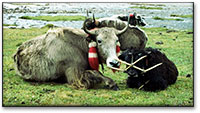
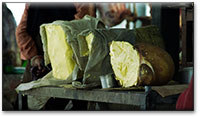
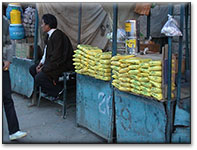
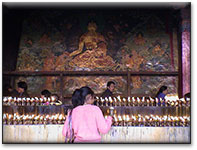
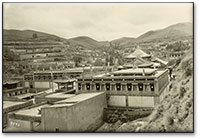
No comments:
Post a Comment